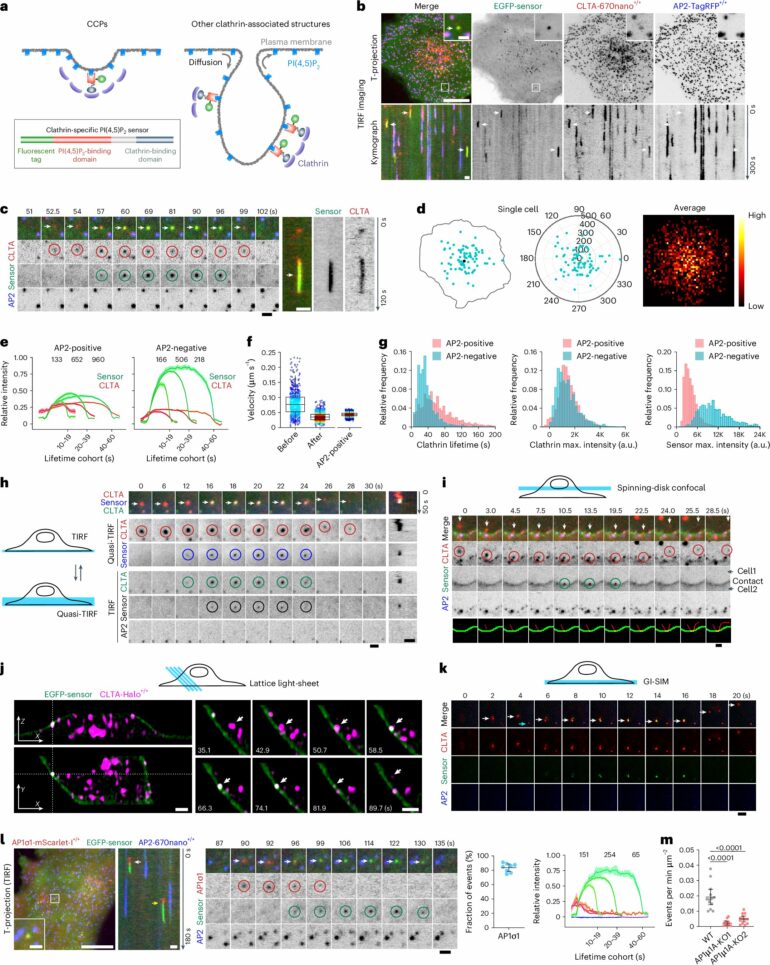Endocytosis and recycling control the uptake and retrieval of various materials in eukaryotic cells. Mammalian cells have developed several recycling routes, including the relatively extensively studied “fast” and “slow” tubulovesicular recycling pathways. Nevertheless, endocytic recycling pathways beyond the canonical “fast” and “slow” recycling pathways remain largely unknown.
A research group led by Dr. He Kangmin from the Institute of Genetics and Developmental Biology of the Chinese Academy of Sciences recently identified a novel endocytic recycling mechanism with kiss-and-run membrane fusion. Scientists named the mechanism clathrin-associated fast endosomal recycling pathway (CARP).
This novel endocytic recycling pathway employed a distinct set of molecular machinery to generate the recycling carriers and facilitate the unexpected kiss-and-run membrane fusion.
The study, titled “Clathrin-associated carriers enable recycling through a kiss-and-run mechanism,” was published in Nature Cell Biology on September 19, 2024.
By utilizing a “coincidence detecting” lipid biosensor that selectively recognizes clathrin-associated structures containing PI(4,5)P2, researchers identified a population of lipid sensor-positive but AP2-negative clathrin-associated structures that transiently visit the plasma membrane.
With advanced 3D imaging and super-resolution imaging techniques, these structures were found to be intracellular clathrin/AP1-associated carriers.
“A remarkable discovery was that these clathrin/AP1-associated recycling carriers can partially fuse with the plasma membrane and are subsequently



